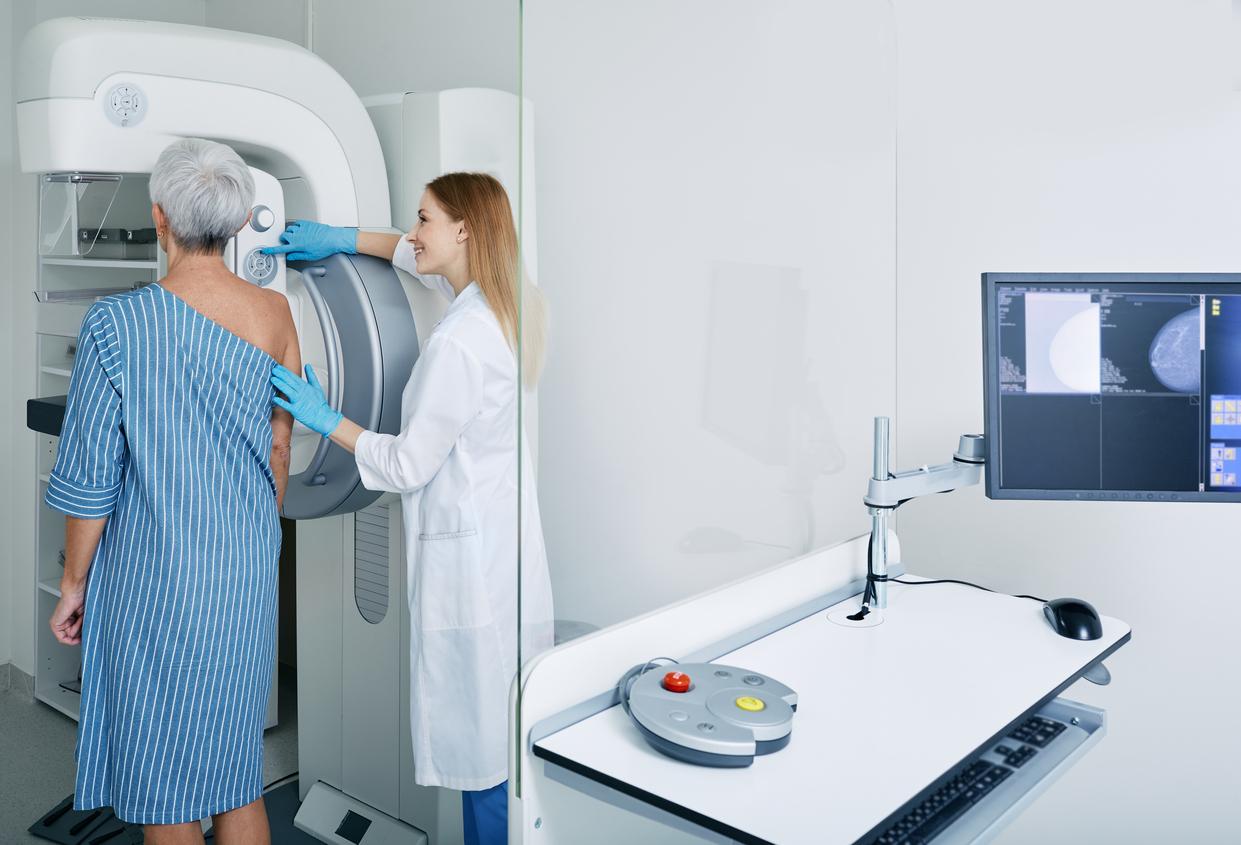Researchers have developed a smartphone app that uses artificial intelligence to more accurately diagnose ear infections, which could help reduce the prescribing of unnecessary antibiotics in young children.

- About 70% of children have an ear infection before their first birthday. But some professionals have difficulty distinguishing the different types of ear infections in young children. This can lead to unnecessary prescription of antibiotics.
- For more reliable diagnosis, researchers have developed a new mobile app that uses AI to accurately diagnose ear infections.
- The tool could help reduce unnecessary antibiotic use in young children with ear infections.
About 70% of children have an ear infection before their first birthday. But while this ear infection is common, it is sometimes difficult to distinguish between acute otitis media, treated with antibiotics, and serous otitis media, for which these medications are useless.
Physician-researchers from the University of Pittsburgh and its teaching hospital (UPMC) have developed a mobile application that uses artificial intelligence to accurately diagnose ear infections and guide to the right treatment. Their tool was presented in the journal JAMA Pediatrics, on March 4, 2024.
Ear infections: AI more precise than many doctors
To develop a practical tool to improve the accuracy of acute otitis media diagnosis, scientists began by creating a library of 1,151 videos of the tympanic membrane of 635 children who visited UPMC pediatric outpatient practices between 2018 and 2023. Two ear infection specialists reviewed the videos and determined which ones showed acute otitis media.
“The eardrum, or tympanic membrane, is a thin, flat piece of tissue that extends across the ear canal”explains Alejandro Hoberman, head of the study, in a communicated. “In acute otitis media, the eardrum bulges like a bagel, leaving a central area of depression that resembles a bagel hole. In contrast, in children with otitis media with effusion, no bulging of the tympanic membrane is not present”.
Two-thirds of the videos were shown to artificial intelligences to teach them how to distinguish between different types of ear infections. To do this, they examined the characteristics of the tympanic membrane, including shape, position, color and translucency. The remaining 230 videos were used to test the performance of the models.
The tools developed proved to be very precise with sensitivity and specificity values greater than 93%. Which means they had low rates of false negatives and false positives. According to Dr. Hoberman, previous studies of physicians have reported diagnostic accuracy for acute otitis media ranging from 30% to 84%, depending on the type of healthcare professional, level of training and age of the patients. children examined.

Antibiotic resistance: an application that could reduce inadequate treatments
Artificial intelligence, which has been included in a mobile application, could help reduce unnecessary antibiotic prescriptions, according to researchers. “Underdiagnosis of acute otitis media leads to inadequate care and overdiagnosis leads to unnecessary antibiotic treatment. This can compromise the effectiveness of currently available antibiotics. Our tool helps to obtain the right diagnosis and guide to the right treatment “assures the main author.
“Another benefit of our tool is that the videos we capture can be stored in a patient’s medical record and shared with other providers. We can also show parents and trainees – medical students and residents – what that we see and explain why we are or are not making an ear infection diagnosis. This is important as an educational tool and to reassure parents that their child is receiving appropriate treatment.”















